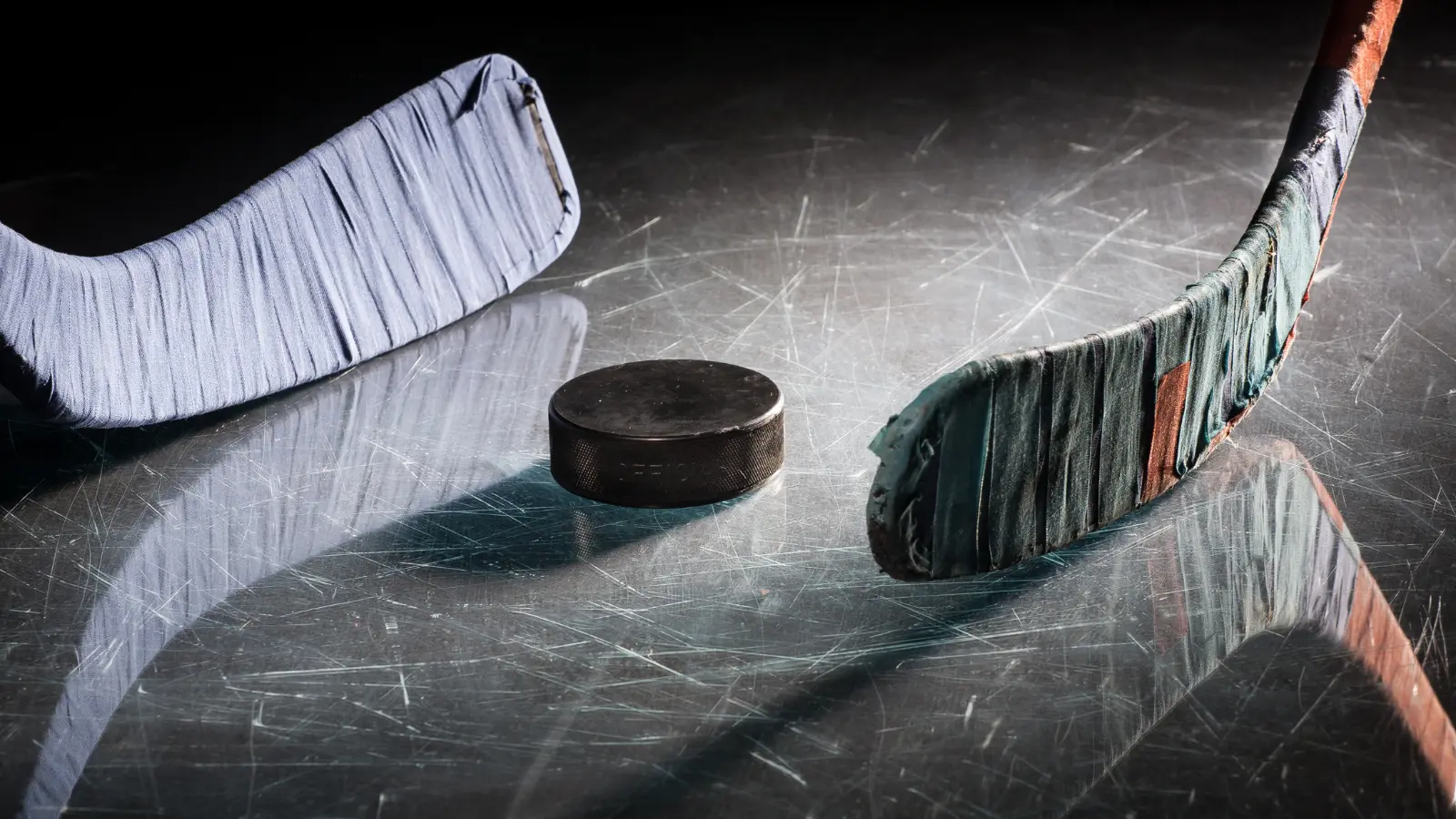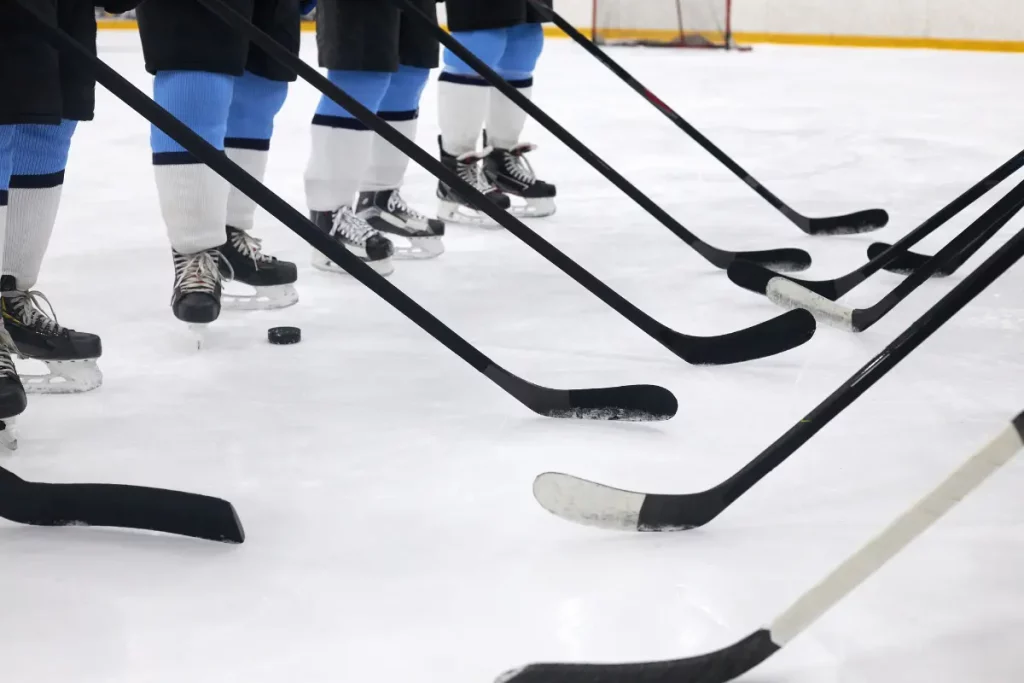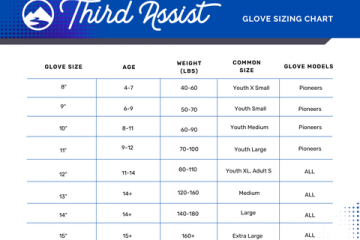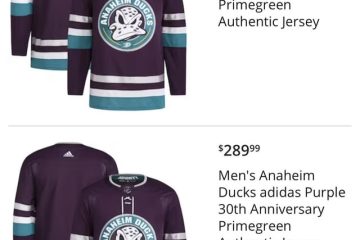As an Amazon Associate, I earn from qualifying purchases.
This article is from the Teamkathycarter website Comparison about intermediate vs senior hockey stick.
The right hockey stick can make a significant difference in a player’s performance on the ice.
In this article, we will delve into the comparison between intermediate and senior hockey sticks to help you understand which one is best suited for your playing style and skill level.
Understanding the Basics of Intermediate vs Senior Hockey Stick
Defining Key Terms- Intermediate vs Senior Hockey Stick
Before we dive into the comparison, let’s first define what intermediate and senior hockey sticks are.
Intermediate sticks designed for players who have outgrown youth sticks but may not yet fully benefit from a senior stick.
On the other hand, senior sticks are geared towards more experienced players who require higher performance levels.
Differences in Length, Flex, and Materials
One of the key differences between intermediate and senior sticks lies in their length.
Senior sticks are usually longer, providing taller players with better reach and stickhandling capabilities.
In contrast, intermediate sticks are shorter and more suitable for players who are transitioning from youth sticks.
Additionally, the flex rating of a stick plays a crucial role in how it performs during gameplay.
Senior sticks tend to have higher flex ratings, offering more power and control, while intermediate sticks have a more forgiving flex suitable for developing players.
Materials used in stick construction also vary between intermediate and senior sticks.
Senior sticks commonly feature higher-quality materials that enhance durability and performance.
Whereas intermediate sticks may use slightly less premium materials to keep costs down.
Sizing Guide of Intermediate vs Senior Hockey Stick
Choosing the Right Stick Length
Selecting the correct stick length is crucial for optimizing your performance on the ice.
A general rule of thumb is to stand the stick vertically with the toe on the ground.
The stick should reach somewhere between your chin and nose level for optimal control and maneuverability.
When choosing between intermediate and senior sticks, consider your height and playing style.
Taller players may benefit more from senior sticks, while intermediate sticks are ideal for those who prefer a slightly shorter stick for easier handling.
Performance Variations of Intermediate vs Senior Hockey Stick
Impact of Design on Performance
The design of a hockey stick significantly influences a player’s performance.
Factors such as flex rating, blade curve, and weight all play a role in how the stick performs on the ice.
Flex rating in senior sticks is typically higher, allowing players to generate more power in their shots.
Intermediate sticks, with a lower flex rating, offer more flexibility and forgiveness, making them ideal for players still developing their skills.
Blade curve differences between the two types of sticks can affect puck handling and shooting techniques.
Senior sticks may have more aggressive blade curves suited for advanced players, while intermediate sticks feature more neutral curves for easier control.
The weight of a hockey stick can impact a player’s agility and stickhandling abilities.
Senior sticks tend to be lighter, offering quicker reaction times and improved maneuverability.
Whereas intermediate sticks may have a slightly heavier feel but provide better stability for developing players.
Advantages of Senior Sticks
Benefits of Senior Hockey Sticks
Senior hockey sticks come with several advantages that cater to the needs of experienced players.
These benefits include enhanced power and control due to higher flex ratings, improved puck handling with advanced blade curves.
Also and increased maneuverability with lighter weight construction.
Senior sticks are designed to meet the demands of competitive gameplay, making them an excellent choice for players looking to elevate their performance on the ice.
Best Sticks for Intermediate Players
Recommendations for Intermediate Players
For intermediate players looking to enhance their game, there are several hockey sticks on the market that cater to their needs.
Sticks with mid-range flex ratings and neutral blade curves are ideal for developing players who seek a balance between power and control.
Some popular choices for intermediate players include sticks that offer a lightweight construction for improved handling and durability to withstand the rigors of gameplay.
Player Experiences and Reviews
Real-World Insights
Player experiences with both intermediate and senior sticks can provide valuable insights into their performance and durability.
Many players find that transitioning from an intermediate stick to a senior stick significantly improves their gameplay due to the enhanced features and capabilities.
Senior stick reviews often highlight the benefits of increased power and control, while intermediate stick experiences focus on the forgiving nature of the stick and its suitability for developing players.
Technological Insights- Intermediate vs Senior Hockey Stick
The Science of Stick Construction in Hockey
Hockey stick construction has evolved over the years, incorporating advanced technologies to enhance performance on the ice.
Manufacturers now utilize materials such as carbon fiber and advanced composites to create sticks that are lightweight, durable, and responsive.
The science behind stick construction involves optimizing factors such as flex, kick point, and materials.
Because that provides players with the power, control, and maneuverability they require to excel in the game.
Customization Tips of Intermediate vs Senior Hockey Stick
Customizing Your Stick for Playing Proficiency
Customizing your hockey stick to suit your playing style can have a significant impact on your performance.
Players can personalize aspects such as blade curve, grip style, and flex rating to create a stick that aligns with their preferences and skill level.
Whether you choose to modify an off-the-shelf stick or opt for a custom-built stick, customization allows players to tailor their equipment to enhance their strengths and address areas of improvement.
Final thought about Intermediate vs Senior Hockey Stick
Choosing the right hockey stick is a crucial decision that can greatly impact your performance on the ice.
Whether you opt for an intermediate stick for its forgiving flex or a senior stick for its advanced features, understanding the differences between the two types of sticks is key to making an informed decision.
By considering factors such as stick length, flex rating, blade curve, and weight, players can select a stick that maximizes their potential and enhances their gameplay.
Whether you’re an intermediate player looking to improve your skills or a seasoned player seeking to elevate your performance.
The right hockey stick can be the key to unlocking your full potential on the ice.
Frequently Asked Questions About Hockey Sticks
1. What is the difference between intermediate and senior hockey stick?
Intermediate and senior hockey sticks differ in various aspects, including length, flex, and intended skill level of the player.
Intermediate sticks are designed for players who have outgrown youth sticks but may not yet require the features of a senior stick.
These sticks are typically shorter and have a lower flex rating, making them more forgiving for developing players.
On the other hand, senior sticks are longer, have a higher flex rating, and are designed for more experienced players who need greater power and control in their gameplay.
2. What is the difference between intermediate and senior goalie sticks?
Just like player sticks, goalie sticks also come in intermediate and senior sizes.
Intermediate goalie sticks are shorter and have a smaller paddle size, making them ideal for younger or developing goalies who require a stick that is more manageable in size and weight.
Senior goalie sticks, on the other hand, are longer and have a larger paddle size to accommodate the needs of experienced goalies who need more coverage and control in the net.
3. Do any pros use intermediate sticks?
While most professional hockey players opt for senior sticks due to their advanced features and performance capabilities.
There are some instances where pros may choose to use intermediate sticks.
This might occur if a player prefers the feel or specific characteristics of an intermediate stick, or if they are in a transitional phase between stick sizes.
However, the majority of professional players tend to use senior sticks that align with their skill level and playing style.
4. How tall should you be to use an intermediate hockey stick?
The ideal height for using an intermediate hockey stick varies depending on personal preference and playing style.
Generally, intermediate sticks are recommended for players who are between 5 feet 4 inches to 5 feet 9 inches tall.
However, height alone is not the only factor to consider when choosing a stick size.
Factors such as arm length, playing position, and personal comfort should also be taken into account when determining the optimal stick length for an individual player.
It’s important to test different stick lengths to find the one that provides the best balance of control and maneuverability on the ice.
As an Amazon Associate, I earn from qualifying purchases.



